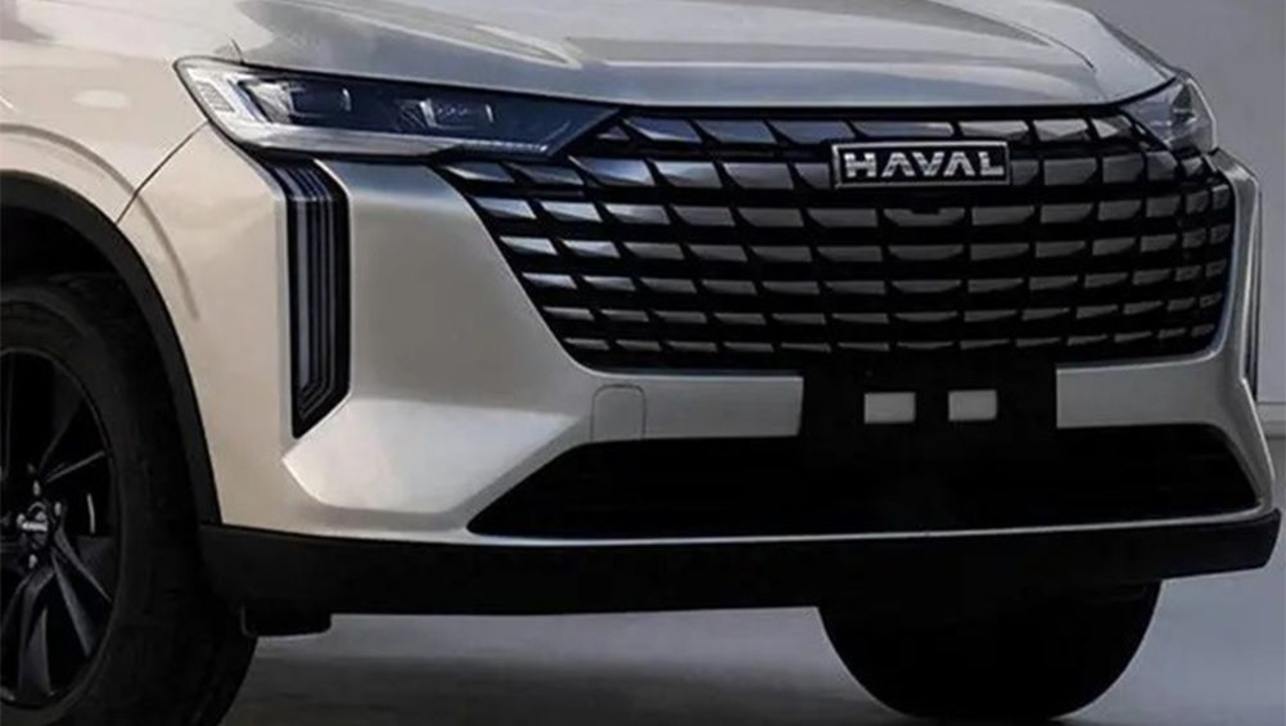A new generation of the Nissan GT-R sports car is due around 2017 or 2018, as hinted at by the car’s chief engineer Kazutoshi Mizuno who said earlier this year that the current R35 model would continue to evolve over the next five years.
This would give the R35 a 10-year lifespan, which may be long by modern product cycle standards but apparently necessary due to the extensive engineering work going into the car’s successor, the R36.
A strong possibility is that the R36 GT-R will feature a hybrid powertrain, something we’ve already seen happen in Formula One racing and about to experience in the world of supercars with the Porsche 918 Spyder, Ferrari Enzo replacement and possibly the McLaren P1.
After all, with governments in most major markets pressuring automakers to reduce emissions and improve fuel economy of their fleets, even performance models like the GT-R are being put under the spotlight.
Of course, hybrid technology can also be beneficial to the world of performance, particularly when it comes to all-wheel-drive cars. Some of the benefits include instantaneous torque from electric motors, improved traction control via negative torque and increased range through reduced fuel consumption.
According to Motor Trend, Nissan’s engineers are looking at two different options. The first is a hybrid setup where one or more electric motors help boost performance and rely on recovered brake energy for power.
Such a system was previewed in the Infiniti Essence concept of 2009 and was claimed to deliver around 440 kW. The additional weight of the batteries required for the system is said to be disappointing for the engineers.
The second option is a simpler system where an electric motor is used to power ancillary features, helping reduce the load on the engine. By being mounted to the gearbox, it can also help boost performance when required.
To further reduce fuel consumption, the R36 GT-R may also feature engine stop-start and cylinder deactivation technologies.
As for its styling, this is expected to be more evolutionary rather than revolutionary. The size and shape of the R36 should remain much the same as the current model, though the car's look will be modernized. Aerodynamic enhancements will ensure downforce and overall balance are improved.
www.motorauthority.com



.jpg)
.jpg)



.jpg)
.jpg)
.jpg)


.jpg)

.jpg)
.jpg)



.jpg)






Comments